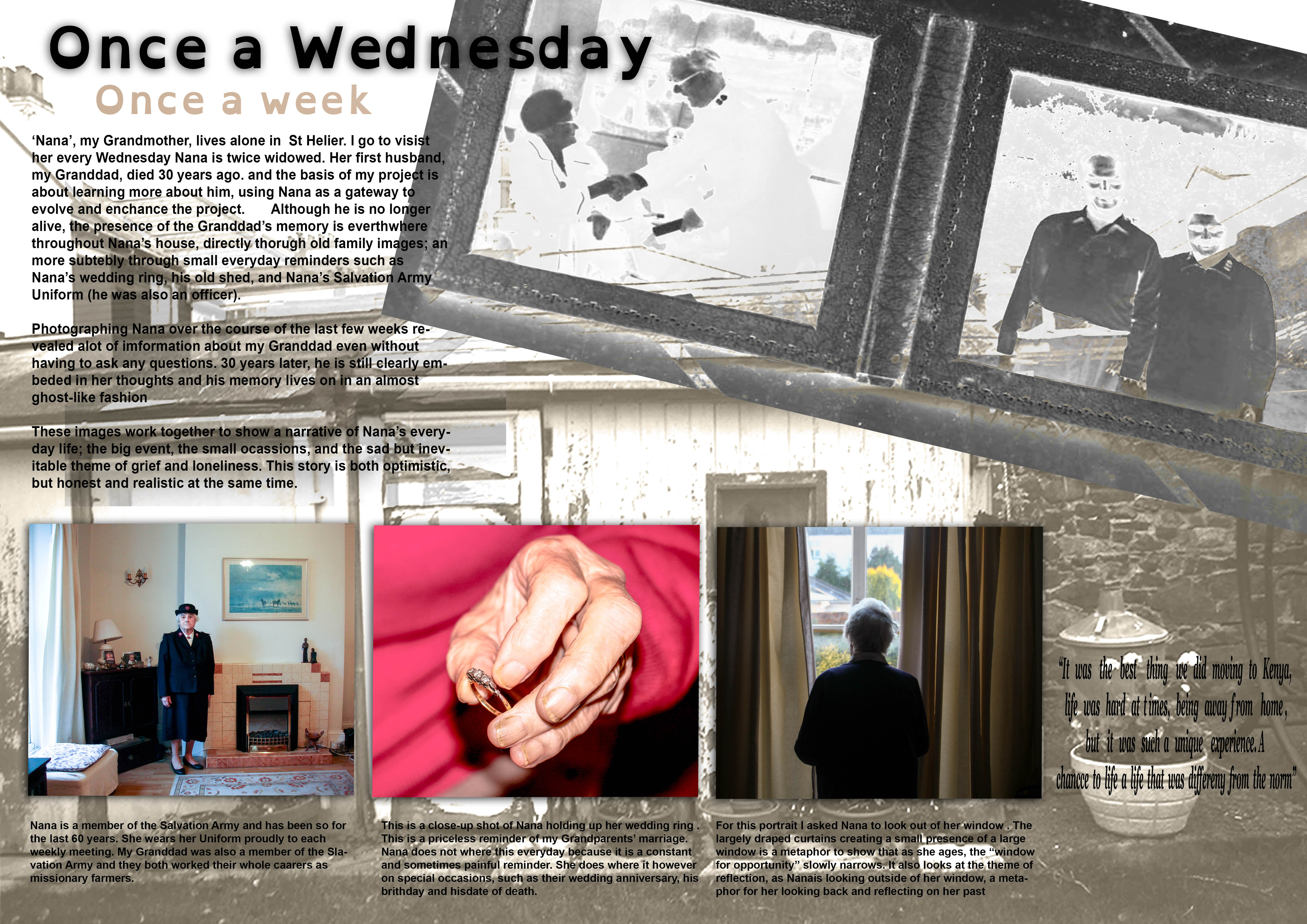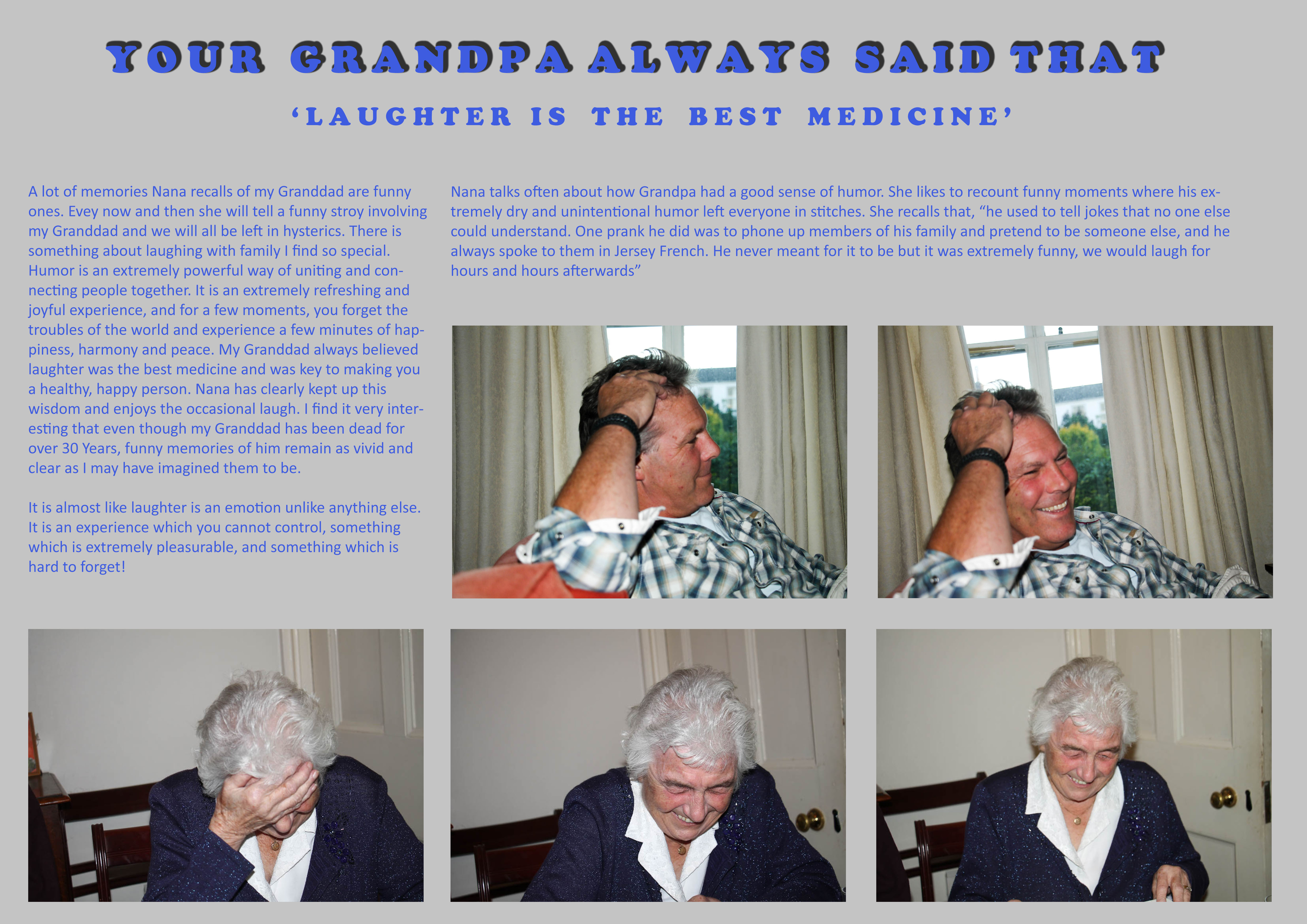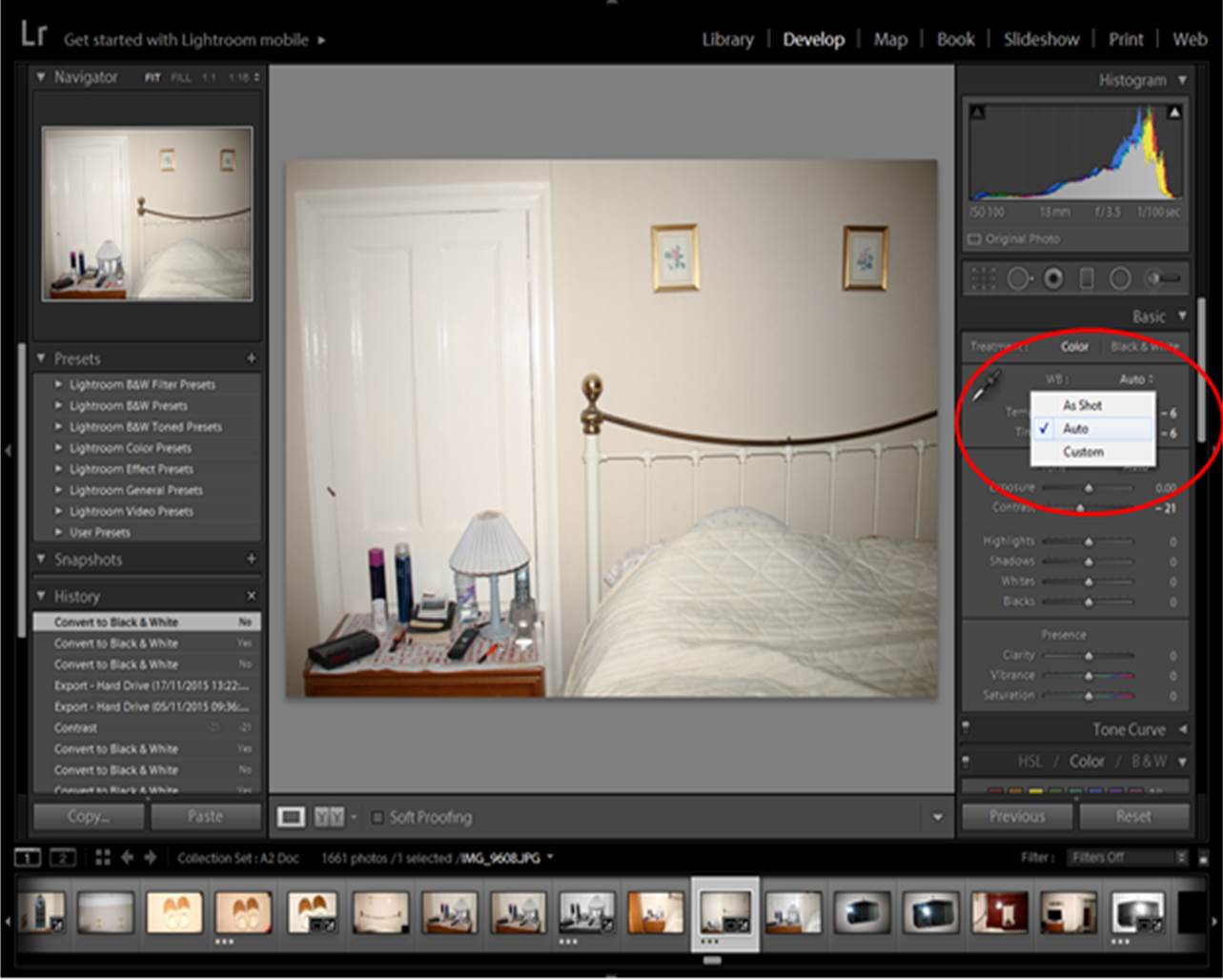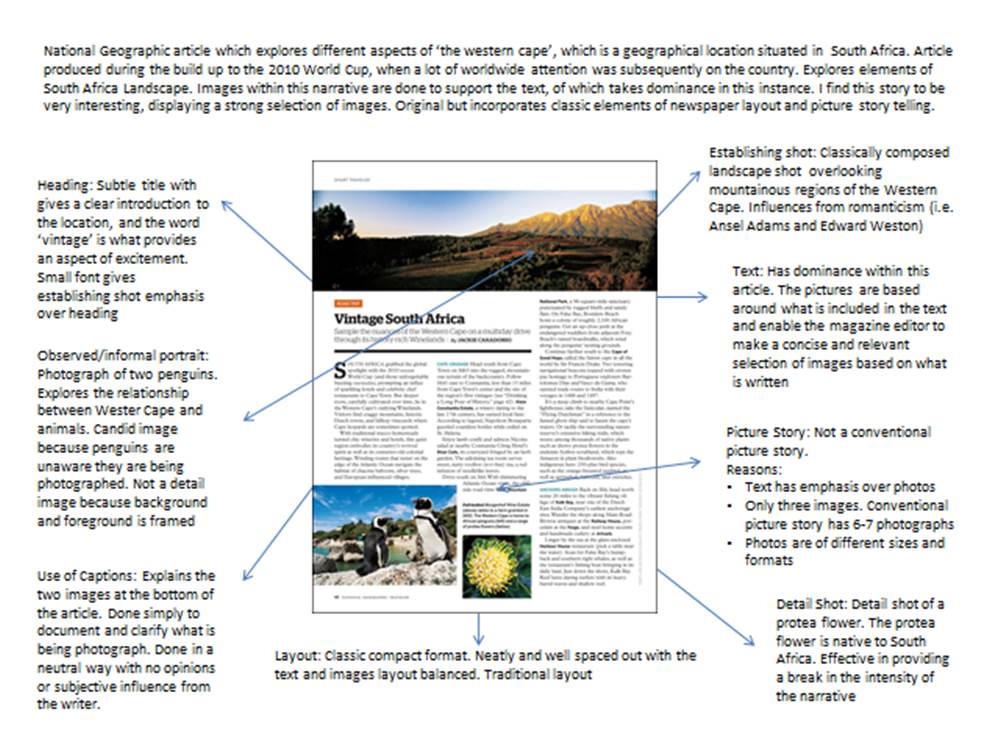Archisle Project
The ‘Archisle Project’ was launched in 2011 by Gareth Syvret, the photo archivist at the Societere Jersiaise. The aim of the project is to promote contemporary photography in Jersey through an ongoing programme of exhibitions, education and commissions. Syvret began the project out of concerns over the various restrictions local artists face in terms of context, exposure and marketing of their work. He hopes through the project, the inspire and give opportunities for young and developing photographers of the future, as well as the ordinary island public to be given access the quality, world-renowned international photographers, their work and extensive knowledge.
The project aims to celebrate and promote the concept of ‘islandness’, recognising Jersey’s unique island culture based on its isolated and ambiguous location in the English channel, subsequently being a mixture of Norman and English culture and identity. At the same time it aims to give photographers in Jersey more international exposure through inviting various internally renowned photographers to work, exhibit and teach on the island. This has seen the presence of various internationally acclaimed photographers on the island including Michelle Sank and Magnum Photographer Martin Parr.
The main goals hoped to be achieved through the Archisle Project
- Promote the use of the archive as a source for creative work
- Raise the status and context of photographers largely absent in recent contemporary archives
- Engage international photographers with the culture of Jersey to create a diverse and inclusive visual archive.
Quintessence
The exhibition is a celebration of five years of the Archisle Project. It displays the work of six different artists who have worked for the Archisle project, and subsequently have such work displayed in the Societere Jersaise Photographic Archives. The exhibition was curated by Gareth Syvret, the photo archivist down at the Societere Jersaise, as well as the founder and leader of the Archisle Project.
The exhibition is arranged so that each artists work is distinct from one another and their chosen influence is next to that artist. The exhibition as well as being a celebration of the anniversary of Archisle, is also a representation of the growing profile of photography taken in Jersey and by Jersey photographs. The idea to include an influence of each of the artists is a clever way of recognising how locally based/born photographers are looking outside for external influence in their creative process, using the Archisle Project to then respond to this and therefore present the Jersey Public with a new and exciting body of photographic work based on their findings and developments.
- Mark Le Reuz
- Martin Parr
- Martin Toft
- Michelle Sank
- Yury Toropstov
- Tom Pope
These artists have all selected their own artists who they consider an influence.
The artists nominations are:
- Mark Le Reuz = John Gibbons
- Martin Parr = Tony Ray Jones
- Martin Toft = Finn Larsen
- Michelle Sank = David Goldblatt
- Yury Toropstov = Elsie Wright and Frances Griffiths
- Tom Pope = Peter Finnermore
Gareth, the curator, has cited his own influence, Jem Southam who was his tutor at Plymouth University, for a body of his own work to be included into the exhibition.
Evaluation
I enjoyed this exhibition a lot. In Jersey it is rare for top international photographers to be commissioned, and it was a very good experience to see this very high quality of photographic work displayed and taken in Jersey, all for free. It was a very good educational experience as I have previously studied the work of Martin Parr and Yury Toropstov, and so it was very interesting to see life scale prints of their work.
The layout of the exhibition was very well considered and ordered. I liked how their wasn’t too many photographs only display and that the small size of the area was respected to include the right amount of images. In contrast the JEP exhibition was extremely cluttered and it ruined the atmosphere, making the room feel much smaller. This exhibition had just the right amount of images for the size, allowing space for the different sections. i.e. artists and their influences clearly separated.
The idea of placing the work of the artists next to their nomination was a good idea because it allowed for the audience to directly compare and consider the relationship of the artist/influence, their similarities and differences. This was particularity in the case in the work of Martin Parr and Michelle Sank as their respective influences; Tony Ray Jones and David Goldbatt explored very similar contextual themes; Parr and Jones through the concept off ‘britishness’ and Sank and Goldblattt through the concept of social/cultural identity.
Favourite/Least Favourite Images
My favourite piece in the exhibition was Finn Larsen’s image of a bench overlooking an icy landscape. I like this image because I thought it was visually, an interesting e image. I find his representation of the sparse, sublime natural landscape to be very interesting to look at for both aesthetic as well as contextual reasons, as it is very much linked to the environmentalist concept of celebrating the natural world, whilst at the same time recognising its fragility. This idea is more important than ever nowadays and traditional landscape shots of the changing climate are quite often overlooked.
My least favourite image if the exhibition was Peter Finnermore’s image of a man climbing up a wooden shed covered in moss . To be honest I didn’t find the image to be particularity interesting., nor did I see the relevance/specific focus it had to the other images in the exhibition. I understood the concept but just didn’t particularity like the image.















.jpg)













